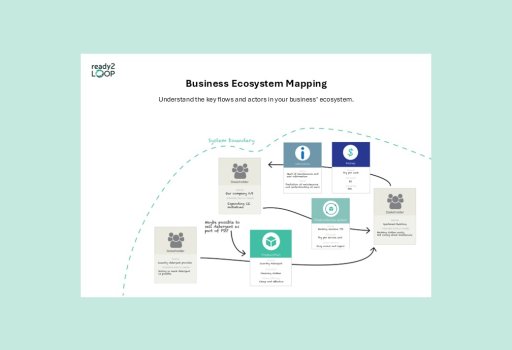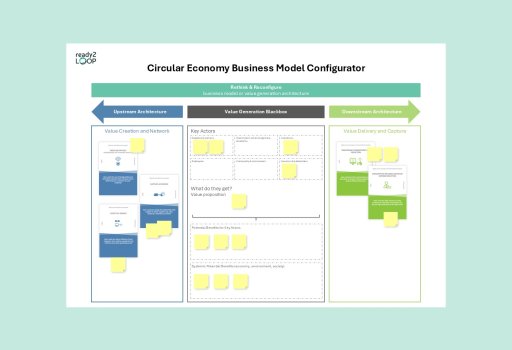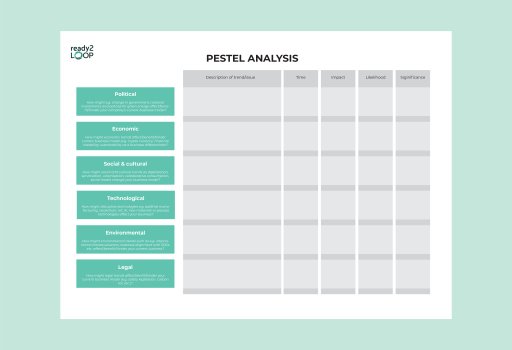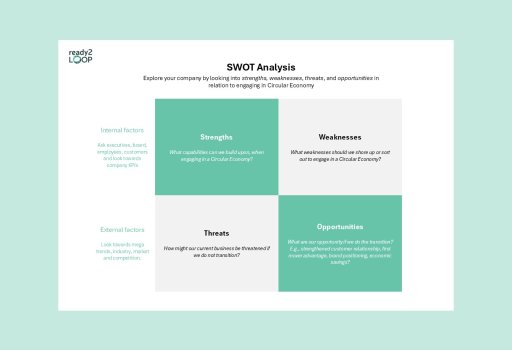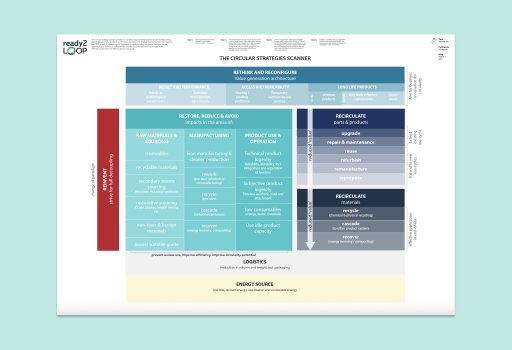Shift Towards a Service-oriented Model
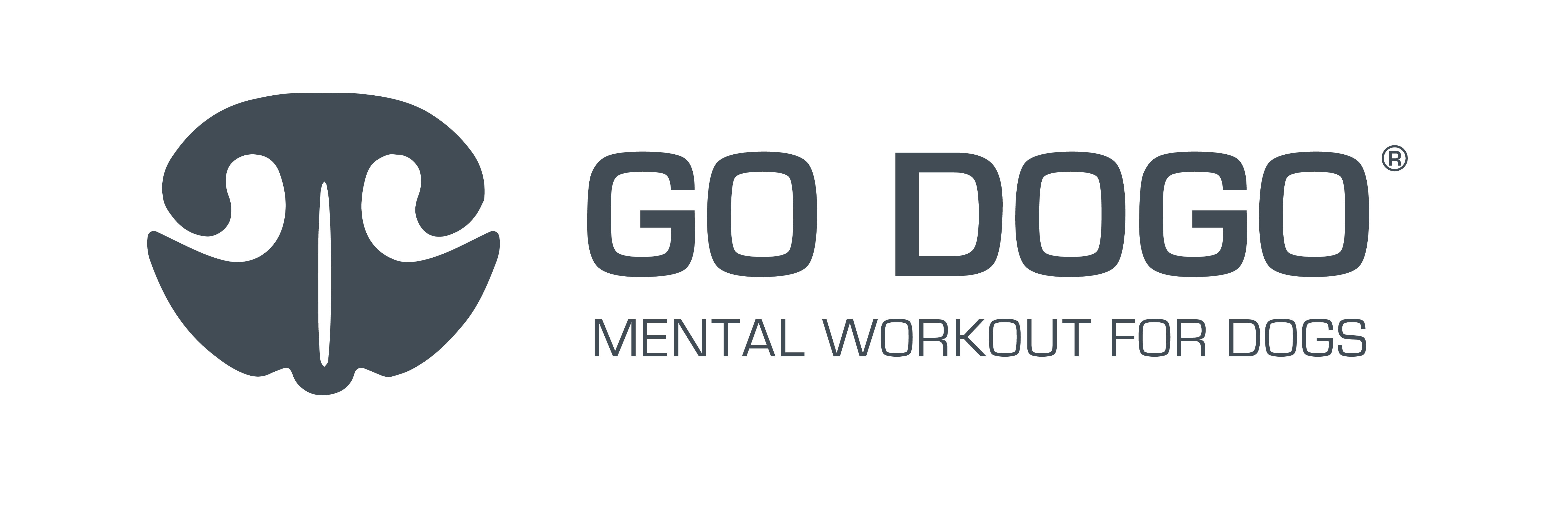
“The ideas presented in the Accelerator programme are innovative and positively disruptive. We are optimistic that they could have a real impact for two reasons. Firstly, we are still developing our business model, so we are open to modifications. Secondly, the ideas add value to the two most important stakeholders of our business ecosystem, our customers and our investors.” - Ioannis Kanellopoulus, Head of Product Development.
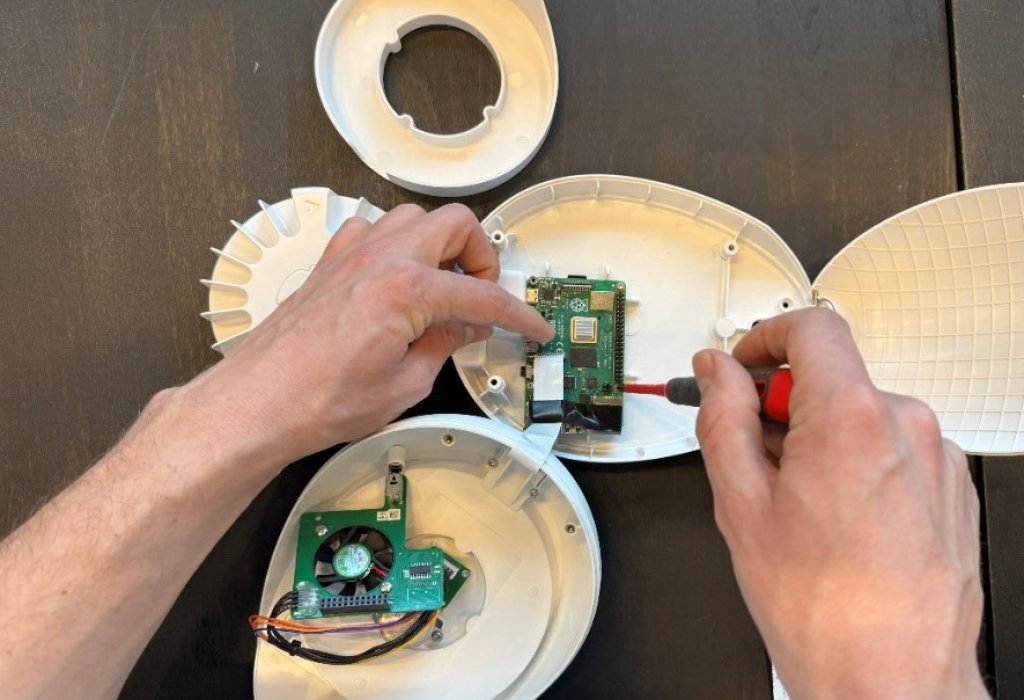
Opportunity
The decision to prioritize Go Dogo's circularity in Use, Support, and Maintenance derives from its highest readiness score of 46%. This score is attributed to the company's take-back and remanufacturing program and plans to manufacture processors in-house, ensuring more efficient maintenance and repairs. The second focus, Strategy and Business model innovation, with a readiness score of 28%, aligns with Go Dogo's expansion plans, aiming to attract more customers through innovative strategies.
Path
Go Dogo's current business model was analyzed using various ready2LOOP tools to evaluate the company's readiness for the Circular Economy. Three tools were selected for synthesis to perform a customer analysis and assess Go Dogo's potential transition to a Circular Economy through a subscription-based service model. An additional tool was used to perform a SWOT analysis of transitioning to that model.
Outcome
Go Dogo aims to embrace a circular economy through a service-based takeback model, providing a Go Dogo unit with a subscription. After the subscription, customers must return the unit or face fines. The company remanufactures and sells it to the next customer. This strategy extends the product lifecycle and helps transition to the Circular Economy. Go Dogo sets an innovative standard in circular sustainability by attracting a broader customer base, increasing revenue, and offering sustainable choices.
Context
Go Dogo is a micro company looking to expand its production and is scoping out design and manufacturing opportunities to explore in future production. Since they do not currently have an active contract with a supplier and are looking for different options, it is an opportunity to change the manufacturing of their products to become circular. Being a micro company requires looking for funding for future production and expansion, and this is why adopting a circular economy could make Go Dogo more attractive to investors who prioritize sustainability. Additionally, Go Dogo hopes to tap into a new market of sustainability-conscious customers.
Opportunity
The decision to focus on improving the circularity of Go Dogo through its Use, Support, and Maintenance dimension was made based on the high readiness score of 46% compared to other dimensions. The company has already prioritized this circularity dimension by implementing a take-back program that refurbishes used products. A planned investment in an in-house processor manufacturer will allow them to continue this priority by allowing for efficient in-house repairs of products.
The second dimension selected is Strategy and Business model innovation. This opportunity has been assessed to have a readiness score of 28%. To attract more customers in new markets, Go Dogo can implement an innovative strategy to secure future growth.
Transition path
To examine the potential for Go Dogo to transition into a service provider and enter the circular economy, three tools have been selected from the ready2Loop platform based on its recommendations. In this proposed business model, the product is tied to the existing subscription service, where the customer pays for a remanufactured product that is sent to the next subscriber after use.
One of the three tools chosen is the "Circular business model canvas", which has been utilized to investigate this new possible business model. The tool has helped consider the value offering with the conversion and how finances, stakeholders, and customers need to be integrated into the solution. However, it was found that more research on customer acceptance and attraction to the new business model was necessary. Therefore, the group has selected the tool "Increasing consumer acceptance of refurbished products in three steps". The tool has been modified to investigate how the transition to a subscription service with remanufactured Go Dogo's can attract more customers and convince existing ones that this solution is better than the standard B2C.
Outcome
Go Dogo can shift towards a circular economy framework by adopting a service-based take-back business model, in which a Go Dogo unit and the subscription purchase are sent to the customer. At the end of the subscription, the customers are expected to return the unit to the company; otherwise, they will be fined until the product is returned. The company will clean and remanufacture the unit to an as-new standard and then sell it to the next customer, thereby making their business more circular. Using tools mentioned in the transition path to implement the transition, Go Dogo’s circular strategy will not only extend the lifecycle of the products but also strengthen customer relationships. The company would also become more circular in their two highest readiness dimensions. This approach can help Go Dogo attract a broader customer base and increase revenues, offering customers sustainable choices, reducing waste, and showcasing an innovative circular model for sustainability.
Reflections
“The ideas presented in the Accelerator programme are innovative and positively disruptive. We are optimistic that they could have a real impact for two reasons. Firstly, we are still developing our business model and are open to modifications. Secondly, the ideas add value to the two most important stakeholders of our business ecosystem, our customers and our investors.” - Ioannis Kanellopoulus, Head of Product Development.
Next step
Key steps for Go Dogo to progress towards a circular economy business model include firstly securing funding from sustainable investors, secondly developing an innovative pricing model for an economically viable subscription fee, conducting testing and a comprehensive risk assessment, implementing a user-friendly take-back system on the website, and launching a marketing campaign emphasizing the circular approach to attract new customers.
Micro-Accelerator. January 2024 - offered by ready2LOOP & DTU Course, Design for Circular Economy
Company
Go-Dogo


